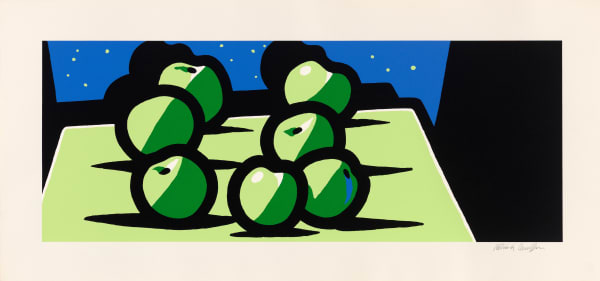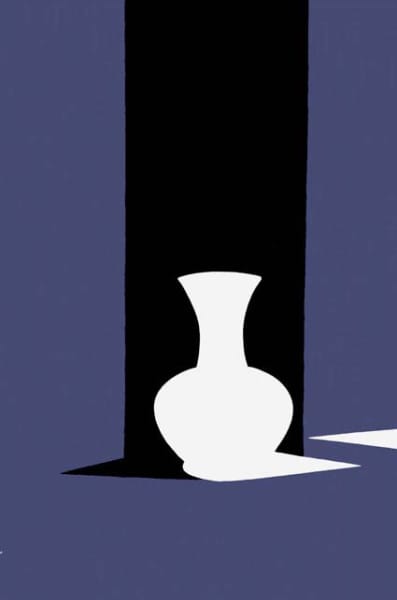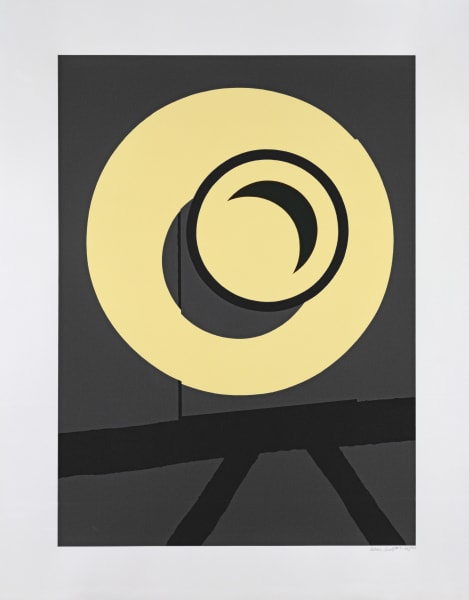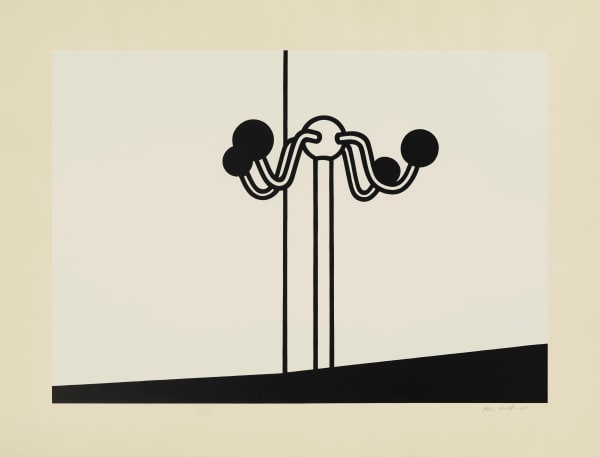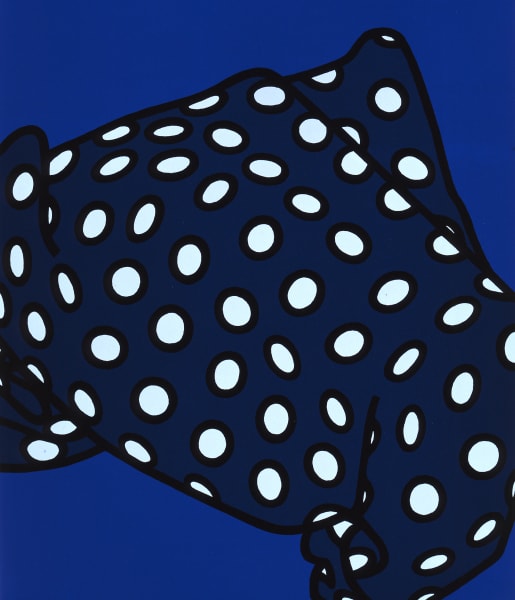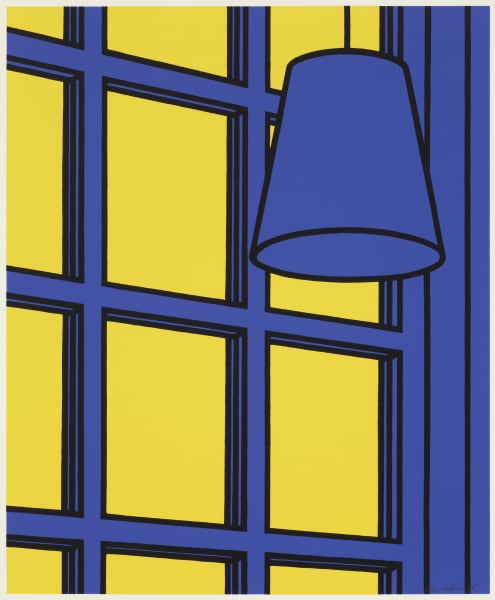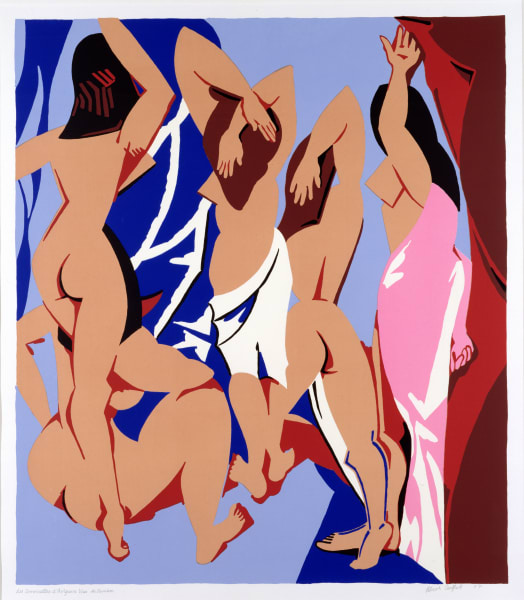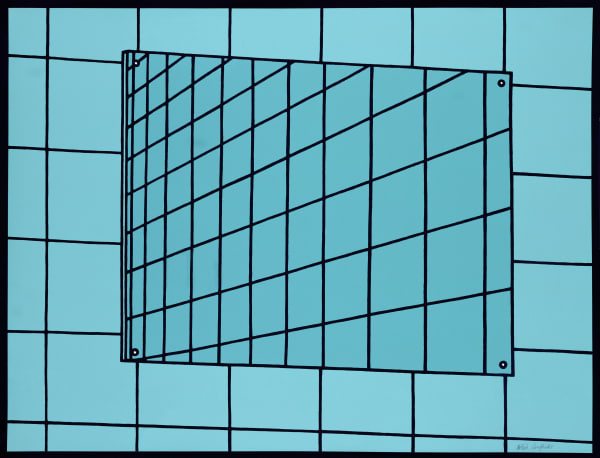Patrick Caulfield
Patrick Caulfield (1936 - 2005) was born in London. He was a student at Chelsea School of Art from 1956 - 1960, followed by the Royal College of Art from 1960 - 63, studying alongside David Hockney and Allen Jones. His subject matter draws more from the masters of modern art such as Georges Braque, Juan Gris and Fernand Léger than from the consumer culture that preoccupied his fellow students.
Caulfield's work is characterised by a reductive, streamlined use of line and the depiction of banal, everyday objects saturated in colour. He consistently used screenprint for his graphic work following his introduction to the medium by artist Richard Hamilton and printer Chris Prater in 1964. The deceptive simplicity of his images, perfectly matched by the aesthetic capacities of the process, is clear throughout the various phases of his printmaking career.
During his lifetime, major retrospectives of his paintings were held at Serpentine Gallery, London (1992); Hayward Gallery, London (1999), which toured to Musée National d'Histoire et d'Art, Luxembourg; Calouste Gulbenkian Foundation, Lisbon, and Yale Center for British Art, Connecticut; Tate, London (1981) and Walker Art Gallery, Liverpool (1981). In 2006 Caulfield's prints were the subject of a survey at Tate Liverpool, and in 2013 Tate Britain presented a major retrospective of his works. Together with numerous paintings Tate has Caulfield's entire print output, 113 prints made between 1964 and 1999, housed in their collection. Caulfield's works are held by major museums all over the in the world.
In 1987 he was nominated for the Turner Prize and in 1993 was elected a Royal Academician. In 1996 he was made a CBE. Patrick Caulfield died aged 69 in 2005, in London having made an indelible contribution to British painting and printmaking.
Cristea Roberts Gallery is the publisher of the catalogue raisonné of Patrick Caulfield's prints and sells prints on behalf of the Patrick Caulfield Estate.


